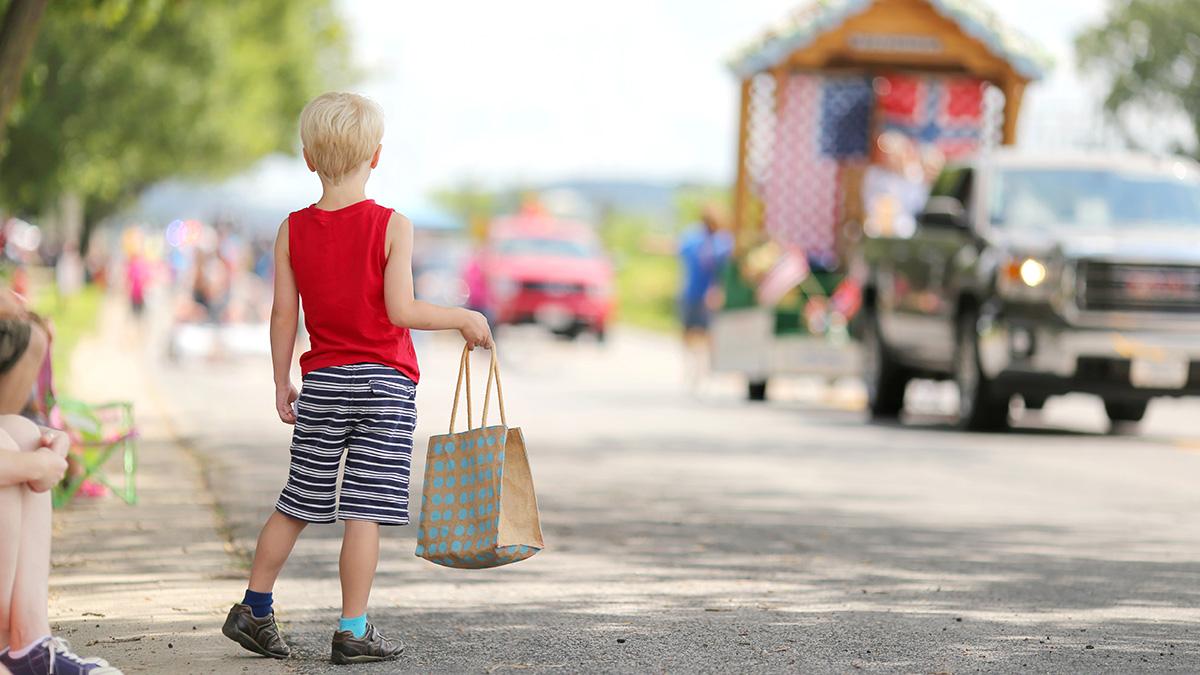Adobe Stock.
Every fall, as towns and organizations gear up for holiday events and activities, a common refrain is heard: "We need new people!" Yet transitioning to new leadership and volunteers is easier said than done.
So why do we hear these statements – what is happening? There could be a couple of things going on…
- Newer people to the community may not know about opportunities to become involved in community events or who to talk to get started? OR
- People in the leadership roles for these events may not know how best to transition new people into these activities or they may be wary of new ideas and possibilities. Or because it is not “broken”, they are reluctant to change? Trying something new can also take extra time which may be in short supply? Lots of potential barriers.
So how do community members break through some of these continuing roadblocks? What could be the first step?
One place to start could be to look at how people may find out about opportunities. Could the event be more deliberate about getting the word out on where help is needed and the kinds of activities that are a part of the community event? Are you using all sorts of methods, traditional as well as social media to spread the word? Are both formal groups like civic and church groups and informal, like the 10 am. coffee group, targeted with a personal invitation to become involved? Are there youth groups or special interest groups asked to participate in some way. Sometimes just listing out who is in your community can help you reach out to people.
Think about breaking down the tasks into doable “bites” of volunteerism. Today it is hard to carve out large chunks of time but usually people have a few hours to give to a cause they believe in. What would that look like?
If you are needing to meet face-to-face, does the planning happen when people can get there? Or are they at work or at their children’s school functions? Is the location of the meeting accessible to everyone? Can some of the discussion be done through social media or through a video conference when time is limited? Is language a barrier or childcare? Are there ways to work around those challenges?
What about the second issue – transitioning leadership or adding to the “people power” of some of these community events?
That can be a little trickier but there are still lots of options available. The key is that both the established person in the role and the potential new person be flexible to both learn from each other and think about possibilities. There needs to be a mindset of, “Let’s give it a try!” and “Why not?”
For the person who has been involved for many years, are they open to new ideas? Are they prepared for questions about how things developed over time and why they are done a certain way? Are they ready to look at the situation with fresh eyes and see opportunities? Are they willing to both listen and learn?
For the potential new person, are they willing to observe the process and try to understand why things happen the way they do? Do they appreciate the past history and also see opportunities to bring a new aspect to the event or process? Are they willing to both listen and learn?
Events and activities are core community actions. They help us feel like we belong to the community and they are just plain fun! It gives our communities personality – it strengthens our group identity and instills a sense of pride – all good things! Working together creates the social capital “glue” that makes a community, a community – something we all need.


